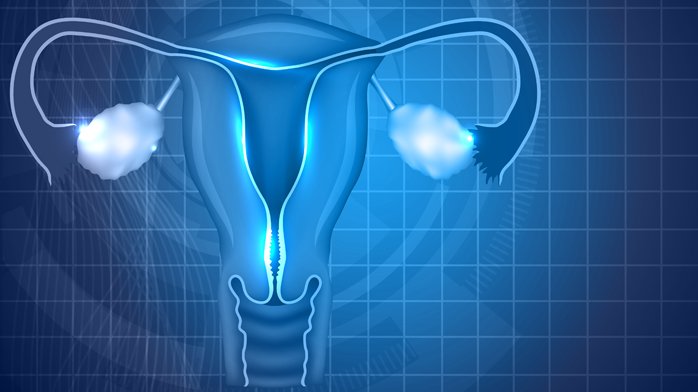
Endoscopic surgery for fertility
[yframe url='https://www.youtube.com/watch?v=yKiuy0BhlYQ']The use of endoscopic surgery, whether this be abdominal (laparoscopy) or transvaginal (hysteroscopy), has provided for huge steps forward in medicine as a whole and in the field of gynaecology in particular. The techniques are only minimally invasive, meaning that patients are able to recover quickly from surgery and many of the procedures can be performed without the need for overnight stays in hospital.
Laparoscopic surgery means that we are able to perform abdominal surgical procedures without having to open the abdominal wall, unlike traditional laparotomies that do involve making such an incision.
The procedure involves applying a gas (usually CO2) through a tube (generally inserted below the patient’s belly button) and positioning trocar entry points into 1 cm incisions. The position of the entry points differ depending on the type of surgery that is being performed and it provides us with a perfect view of the intra-abdominal organs and, specifically in the case of gynaecology and fertility, a perfect view of the ovaries, Fallopian tubes, uterus and lesser pelvis.
The incisions can also be used to insert surgical apparatus and perform interventions such as removing benign ovarian cysts such as endometriomas, teratomas and cystadenomas. It can also be used to assess Fallopian tube permeability and the presence of uterine myomas or the coexistence of malformations in the genitals. These are potential causes of fertility issues. The technique, when performed by experts, can be used to complete more complex procedures such as myomectamies, hysterectomies and lymphadenectomies in order to treat malign gynaecological pathologies.
Use of this technique means that patients only need to have short stays in hospital and it is even possible to undergo surgery as an outpatient. Recovery following surgery is fast and offers the best possible aesthetic results.
A hysteroscopy consists of inserting a hysteroscope into the vagina. It is connected to a camera and monitor and enables the team of medical staff to view the vagina, cervix and uterine cavity. Saline solution is used as a distension medium. It is a simple procedure and, when it is performed on outpatients, it can be completed without the need for anaesthetic. Complications are minimal and the procedure is essential for diagnosis of the main intracavity pathologies in female sterility.
Hysteroscopies are necessary for performing studies prior to in vitro fertilisation treatment, for confirming the integrity of the cavity and for studying implantation failure and recurrent pregnancy loss.
There are two types of hysteroscopies. On the one hand, we have diagnostic hysteroscopies for which hysteroscopes measuring 5.5mm in size or smaller are used. They are generally used without the need for anaesthetic and the procedure is quick and easy. Nonetheless, it does provide doctors with essential information for diagnosis. On the other hand, we have surgical hysteroscopes that are 10mm in diameter. These procedures do require anaesthetic and they are more complex but equally as simple to perform. They can be used for outpatients and in surgical procedures such as removal of myomas, polyps and surgical removal of uterine walls. The latter requires use of electrocoagulation techniques.
Endoscopic surgery has paved the way forward in the field of surgery as a whole and in the fields of gynaecology and reproduction in particular. It facilitates easy access to the female genitals and is minimally invasive. There is only a low risk of complications and, when performed by experts, it can be used for complex surgical procedures.
Dr Carmen Martín-Ondarza, a gynaecologist at Instituto Bernabeu.
